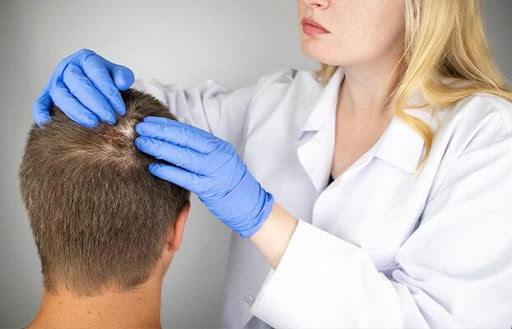
In the modern world, people from all generations lead busy lives. Hair loss, which is frequent at a very young age, is a problem they all encounter. Men begin to experience hair loss problems in their early 20s, and women begin to experience hair thinning during menopause. They begin to feel less confident and appear older than their actual age due to hair loss. To get their confidence back, people can opt for hair transplantation. But before you go for hair transplantation, there are information and necessities that you need to know. So, in this article, we have listed all the essential concerns and queries that you need to know:
Table of Contents
Risk-Free Procedure
In essence, a hair transplant entails extracting the hair, along with its follicles and roots, and then transplanting it in an area where there is no hair. It is taken out of the area of the scalp where the hair is growing healthily by your hair restoration doctor. The recipient area is where the hair loss occurs, whereas this area serves as the donor site. The doctor then implants this hair from the donor’s place in the recipient area. The entire technique consists of minimally invasive surgery. The procedure takes a few hours to complete and involves only minor cuts and stitches. The process can be used to regrow hair on your body in different places, such as your brows, eyelashes, etc.
Age
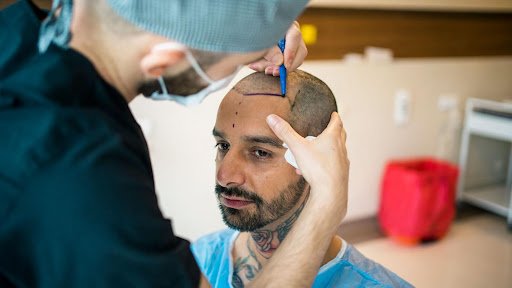
The objective is to achieve maximum advantages and minimal adverse effects from your chosen treatment plan before deciding on any cosmetic or medical operation. Medical doctors feel that a transplant should only be performed after age 25 for the treatment to be effective and to retain proper appearance and aesthetics. By that time, the pace of hair loss has primarily stabilized, making it simpler for the surgeon to determine how many grafts the patient requires. Patients may continue to lose hair if they choose to get the procedure at a younger age because hair loss is a progressive disorder.
Hair Quality
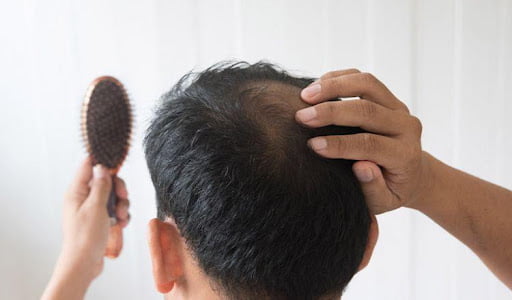
Before choosing any treatment, it is crucial to think about the likelihood that it will be effective. The patient’s hair quality affects the outcome of the hair transplant. The recipient area may have hair of the same caliber if the donor location’s hair is thin and sparse.
Choose a reliable surgeon/clinic
The secret to a successful hair transplant is searching and getting a qualified and experienced hair transplant surgeon, being aware of what to expect during the post-operative period, and being aware of crucial factors that will help you recover effectively. There are top inexpensive hair transplant surgery suppliers with more than a decade of experience in the field. You need to do a little hard work and research and later decide which is suitable for you and your hair. There are hair transplant clinic that would offer the most recent methods for hair transplantation.
The need to find the best for yourself is because the best hair transplant surgeons will be dedicated to carefully examining each case from the outset and treating each one with the most recent medical procedures. So, before going for transplantation, choose your surgeon or clinic wisely.
Number of surgeries
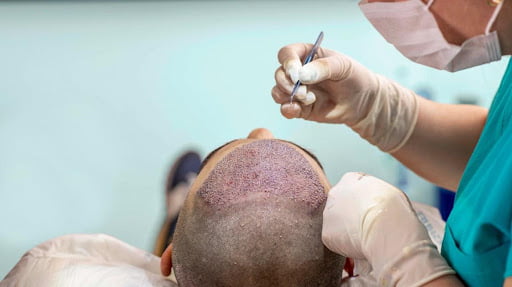
‘How many surgeries will you require?’ This is a query that frequently goes unanswered because the patient assumes that one surgery will be all they ever need and that they can stop worrying about their hair loss once their desired outcome has fully developed.
Although medical treatments are available, there is no guarantee that your hair loss will cease entirely, even with those. The likelihood will vary from patient to patient, but as a general rule, you should always treat your hair transplant as your first hair transplant and refrain from having lofty expectations for your hair restoration.
Consultancy
Although they are a crucial component of any hair restoration practice, hair transplant consultants shouldn’t be viewed as the last word when having a consultation for hair restoration. Medical advice, much fewer suggestions for surgery, should only be given by licensed medical professionals.
Consultants are crucial for answering fundamental concerns about the particular clinic you are contemplating and serving as educators about the hair transplant treatment you are thinking about. The benefit of having a skilled doctor offer your surgical recommendations is that the doctor can directly picture your situation and develop a sound surgical plan entirely based on their expertise and experience.
Treat transplanted hair similar to your original hair
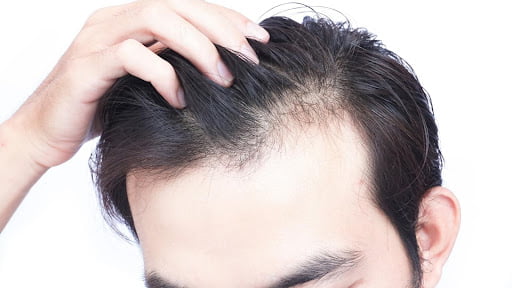
There is no need for particular care for the newly grafted hair. Once transplanted, it begins to develop normally in the new location. The length and texture will change over time. Then, you can take care of and style your hair in any way you like. However, as you age, your hair may thin in general. In that instance, your transplanted hair’s density will also alter.
Know about its longevity
The transplanted hair is permanent, which is one benefit of this operation. Some patients might require a second session of hair transplantation. Patients may also lose their transplanted hair if they get an infection or are undergoing treatment after the procedure. However, the transplants are often permanent if the patient has no underlying illnesses. The price of a hair transplant varies depending on the process. The lowest cost for any hair transplant is $4,000, while the highest cost ranges from $10,000 to $15,000.
Conclusion
Despite being 200 years old, hair transplant treatments have been improved with modern technologies. Prior to the hair transplant, the specialists evaluate the donor’s hair quality, hair loss pattern, and the size of the balding area. The doctors adhere to two essential procedures. These two techniques are known as FUE and FUT. In the FUE technique, the surgeon carefully inserts hair follicles into the gaps of the bald area after extracting them from the donor location. In a single session, the surgeon can implant numerous hair strands. The cut scalp is covered with gauze or bandages for a few days after surgery. However, the follicular unit is implanted after the physician makes an incision strip several inches long in the FUT surgery. The incisions are then stitched. Therefore, do not worry about your lack of confidence because you can regain it during the transplantation process.




